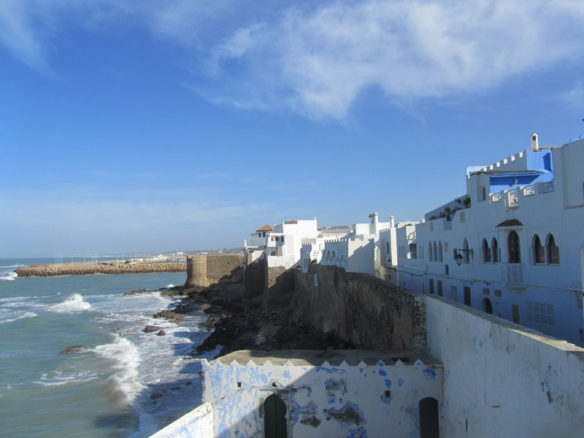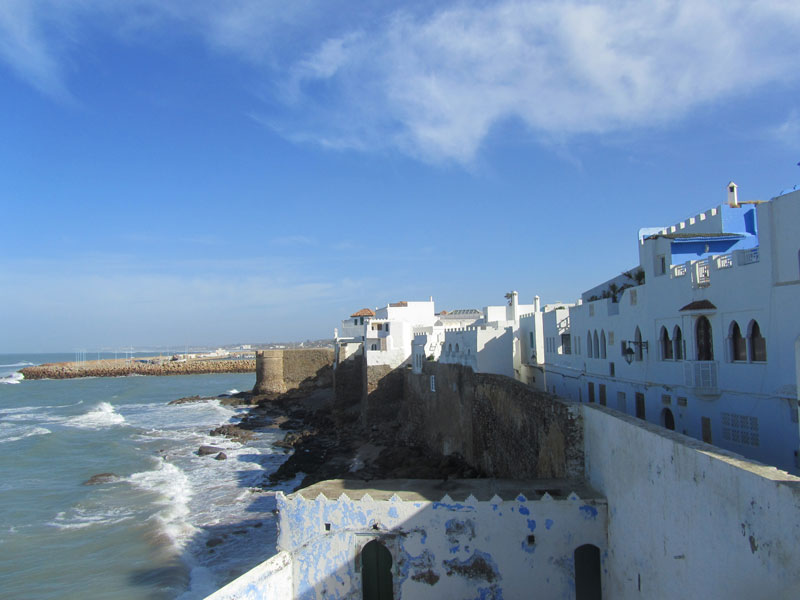
Asilah, Morocco. Photograph: © SAF – Coastal Care
Excerpts;
Considered as the “white gold” –as opposed to the “black gold”—oil, water scarcity has become one of the major concerns of 33 Middle East Arab and North African countries.
Sharing the front line position of water-stressed states are Bahrain, Kuwait, Lebanon, Palestine, Oman, Qatar, Saudi Arabia, and the United Arab Emirates. Also on the list, are Algeria, Iraq, Jordan, Libya, Morocco, Syria, Tunisia, Yemen, Mauritania, and Egypt.
The whole region, already arguably the least water-secure in the world, draws heavily on groundwater and desalinated sea water, and faces exceptional water-related challenges for the foreseeable future.
Egypt, is already heavily exposed to two dangerous effects: salinasation and flooding. This is due to the rise of the Mediterranean Sea water levels and the land depression.
Satellites monitoring have detected between 1991 and 2005, a global rise in the sea levels of 3 millimetres per year, “but given that the Mediterranean is a semi-closed sea this rise reaches 8 millimetres per year.”
While Morocco and Algeria have high rocky coasts, this protecting them from sea floods, Arab countries situated at the East of the Mediterranean sea, such as Egypt, Lebanon, Syria and Palestine, are exposed to sea floods…









